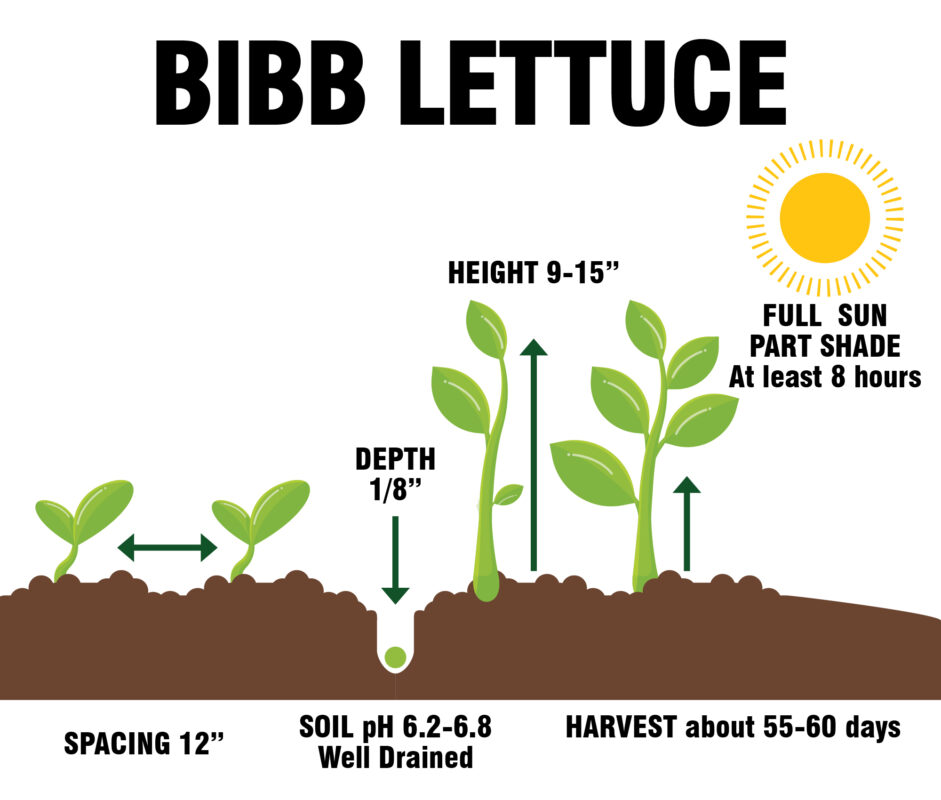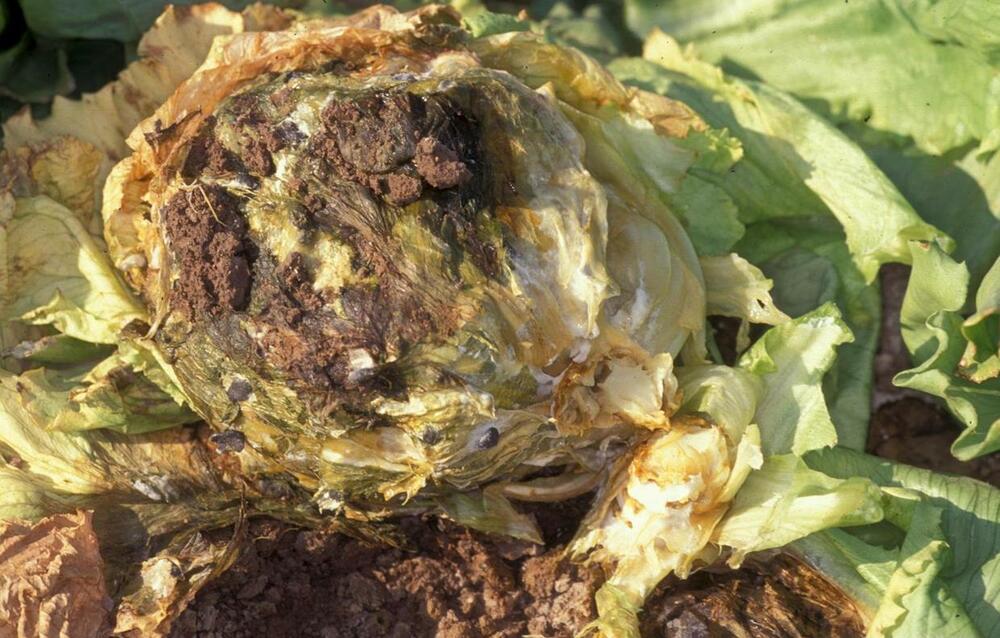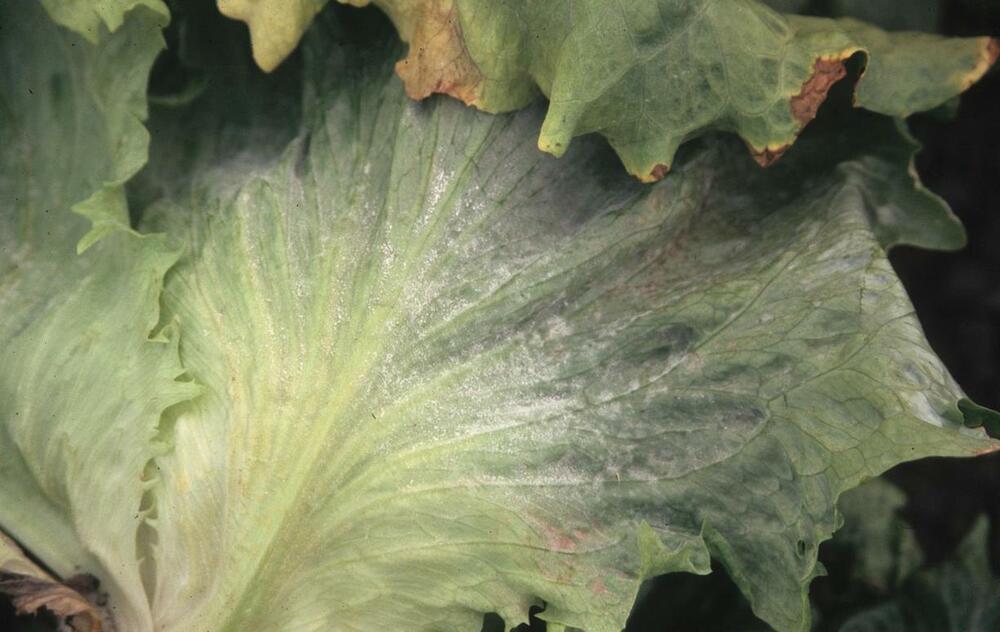Named for John Bibb, the farmer who started cultivating it in the late 1800’s, Bibb lettuce is a small, compact, round, tender green lettuce. A variety of butter lettuce, Bibb lettuce is also known as limestone lettuce or Boston Bibb. Butter lettuces like Bibb are lighter in color than romaine, green or red leaf lettuces, and have a milder flavor. The leaves themselves are very delicate and tender: the name butter comes from the texture, not the flavor.
The compactness of a head of Bibb can vary from quite tight to loose depending on where it is grown. It’s common to see heads packaged in a square plastic container with the roots still attached to the lettuce: these are grown hydroponically, in fertilized water in green houses around the country.

| Common Name | Lettuce, garden lettuce |
| Botanical Name | Lactuca sativa |
| Family | Asteraceae |
| Plant Type | Annual, vegetable |
| Size | 6–12 in. tall and wide |
| Sun Exposure | Full sun, partial sun |
| Soil Type | Loamy, rich, well-drained |
| Soil pH | Acidic, neutral (6 to 7) |
| Bloom Time | Seasonal |
| Hardiness Zones | 2a–11b (USDA) |
| Native Area | Mediterranean |

When to Plant?
This will be determined by your planting zone. There is a final frost date for each area. As a result, you can plan your gardening activities around this date. Check our Frost Dates Across North America: First & Last Frost Dates Chart. However, the date will not be the same for every plant.
How to Plant
Lettuce grows best in full sun, though excessive heat can cause plants to bolt to seed, or leaves to wilt. For an early start, seeds can be started in flats 4 weeks prior to the last frost and transplanted outdoors in mid to late spring. If growing in summer, select a partially shaded location, or one that receives primarily eastward exposure to mitigate the potentially damaging effects of excessive heat upon lettuce.
Growing lettuce in a container is a good option to help protect it from pests. You also can keep the container in a convenient spot for harvesting. Make sure to check the space requirements for your particular lettuce variety. In general, a container that’s six to 12 inches across should suffice. Make sure it has drainage holes. Unglazed clay is an ideal container material, as it will allow excess soil moisture to escape through its walls.

How to Cultivate
Whether you’re planting in containers or in the ground, make sure the seeds are only lightly covered in soil. Keep the soil evenly moist but not soggy as the seeds germinate, which should take around seven to 10 days. The soil temperature should be at least 40 degrees Fahrenheit and ideally between 55 and 65 degrees Fahrenheit.
How to Harvest
The best time of day to harvest is in the morning when the lettuce is still plump and the sun hasn’t caused it to wilt at all. You can harvest cut-and-come-again lettuce types as soon as the outer leaves reach about 6 inches long. Trim off these outer leaves, leaving the inner leaves to continue to mature. If you are growing head lettuce, be sure to harvest before the head starts to elongate. That means it’s ready to bolt, and the flavor will suffer. It can be stored in the refrigerator in a plastic bag for up to 10 days.
Hydroponics
Germination: Soak Bibb lettuce seeds in water for 24 hours before sowing. Place the soaked seeds in a small pot filled with a germination medium like rockwool or coco coir. Water the seeds regularly and keep the pot in a warm and well-lit area. The seeds should germinate in about 2-3 days.
pH range: The pH range for hydroponic Bibb lettuce should be between 6.0-6.5. Maintaining the correct pH level is important for the plants to absorb the necessary nutrients.
EC: The electrical conductivity (EC) level should be maintained at around 1.2-2.2 mS/cm for hydroponic Bibb lettuce. This helps to ensure that the plants receive the right amount of nutrients.
PPM: The parts per million (PPM) for hydroponic Bibb lettuce should be around 800-1600 ppm. This measures the concentration of nutrients in the water solution.
Humidity: The humidity level should be maintained at around 50-70% for Bibb lettuce to grow properly. This can be achieved by using a humidifier or by placing a tray of water near the plants.
Light hours: Bibb lettuce requires about 12-16 hours of light per day for optimal growth. You can use artificial lights like LED grow lights to provide the necessary light if natural light is not available.
Temperature air: The air temperature should be maintained at around 18-24°C (64-75°F) during the day and around 15-18°C (59-64°F) at night for Bibb lettuce to grow well.
Temperature water: The water temperature should be maintained at around 18-22°C (64-72°F) for hydroponic Bibb lettuce. This helps to ensure that the plants absorb the necessary nutrients.
Overall, growing Bibb lettuce hydroponically can be a rewarding experience, and following these guidelines can help you grow healthy and vibrant plants.




